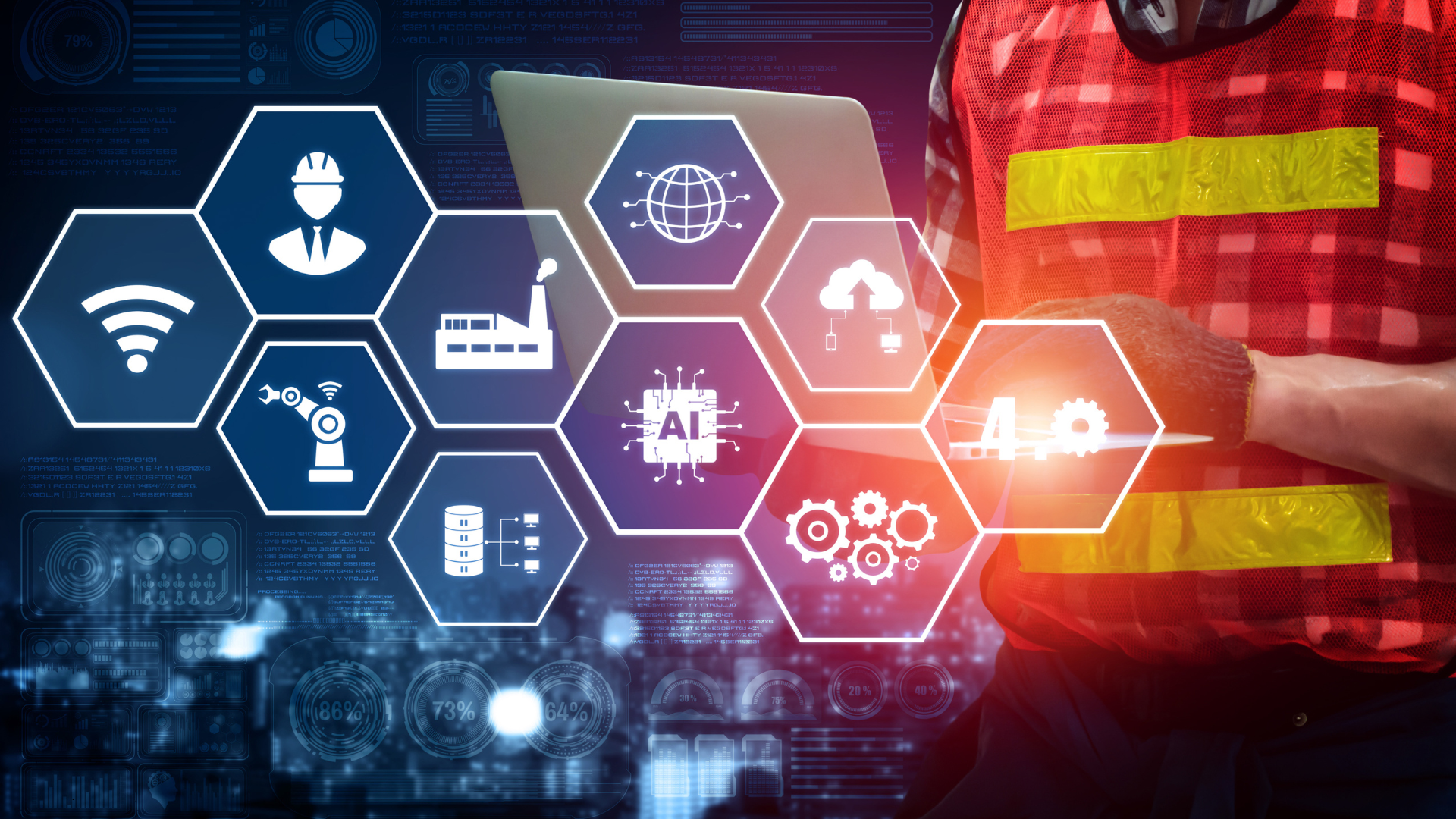The manufacturing sector is undergoing a period of rapid transformation, driven by the relentless march of technological progress that is part of Industry 4.0. It is profoundly reshaping the skills and competencies required of the manufacturing workforce. To remain competitive in this dynamic environment, companies must recognize manufacturing workforce development not just as a training exercise, but as a strategic imperative woven into the fabric of their long-term success.
Let’s explore practical strategies and research-backed insights to help manufacturing organizations cultivate the skills needed to thrive in the age of smart factories, advanced automation, and interconnected systems.
Strategic Talent Assessment and Manufacturing Workforce Management
Effective talent assessment is a foundational element of successful manufacturing workforce management. Organizations require robust methods to pinpoint existing skill gaps within their teams. The MEP National Network, as highlighted by NIST, advocates for a systematic process that often begins with a formal or informal assessment to understand your organization’s goals, challenges, and specific workforce gaps. This initial step moves beyond a general understanding to a concrete evaluation of current capabilities against required competencies.
One specific recommendation from McKinsey’s research on automation suggests focusing on analyzing activities rather than entire occupations. By breaking down roles into discrete tasks, organizations can more precisely identify which activities can be automated and, conversely, which require or will increasingly demand uniquely human skills. This activity-based analysis, as opposed to broad job descriptions, offers a more granular view of where skill gaps may lie and where future training efforts should be concentrated. For instance, in a production supervisor role, while some tasks like routine data entry might be automatable, skills in complex problem-solving related to unexpected equipment malfunctions will remain critical.
NIST’s MEP also emphasizes the use of job quality toolkits rooted in frameworks like the Baldrige Excellence Framework. These toolkits provide an actionable way for organizations to identify and improve the drivers that are most valued by workers, such as skills building and advancement opportunities. By understanding what attracts and retains talent, manufacturers can better assess their current offerings and identify areas where improvements can enhance their ability to attract and retain a skilled manufacturing workforce. This goes beyond simply listing required skills and delves into the overall employee experience.
Proactive Talent Attraction and Recruitment Strategies

Attracting the next generation of the manufacturing workforce requires innovative recruitment strategies. To appeal to younger generations and diverse talent pools, companies should consider:
- Highlighting Technology: Showcase the advanced technologies and automation used in modern manufacturing facilities to attract individuals interested in cutting-edge work environments.
- Emphasizing Growth: Clearly communicate opportunities for career advancement and skill development within the organization.
- Broadening Channels: Explore partnerships with educational institutions, vocational training programs, and community colleges to tap into new talent pipelines.
- Promoting Culture: Emphasize a positive and inclusive company culture that values innovation and employee contributions.
Investing in Comprehensive Training & Manufacturing Workforce Development
Enhancing skills through robust manufacturing workforce development programs will help make your company resilient over time. Continuous training and upskilling help your workforce keep pace with technological advancements. The U.S. Department of Labor’s Training and Employment Notice No. 06-24 underscores the advantages of collaborative training initiatives involving the workforce system and Manufacturing Extension Partnership (MEP) Centers. These collaborations offer several key benefits:
- Increased Access to Skilled Workers: By partnering with the workforce system and MEPs, manufacturers gain access to a wider pool of individuals who have received relevant training, addressing the critical need for skilled workers highlighted in the notice. For example, MEPs can work with Job Centers to recruit and train individuals with basic manufacturing skills, creating a pipeline of candidates for entry-level positions, as demonstrated by the Missouri Enterprise partnership with the Missouri Job Center.
- Enhanced Competitiveness and Job Creation: Collaborative training efforts can help manufacturers adopt new technologies and processes, enhancing their competitive position. This, in turn, can lead to the preservation of existing jobs and the creation of new, higher-skilled roles. The NJMEP’s Pro-Action Education Network™, leveraging resources with the NJ Department of Labor and Workforce Development, exemplifies this by preparing workers for growth and increased profitability of New Jersey companies.
- Development of Customized and Flexible Training Solutions: Partnerships between the workforce system, MEPs, and Manufacturing USA Institutes facilitate the creation of tailored training programs that meet the specific needs of manufacturers, including the development of online learning initiatives and registered apprenticeships. The ARM Institute’s collaboration with Partner4Work, utilizing National Dislocated Worker Grant funding, showcases how these partnerships can support training for in-demand robotics jobs, offering flexible learning options for unemployed and displaced workers.
These collaborations aim to address skill challenges and enhance the competitive position of manufacturers. Training programs should focus on developing skills in critical areas such as robotics programming and maintenance, data analytics for process optimization, and cybersecurity to protect increasingly connected manufacturing systems. Additionally, cross-training initiatives can build a more versatile and adaptable workforce.
Fostering an Effective Organizational Culture
Cultivating a positive environment is integral to effective manufacturing workforce management. Leadership plays a significant role in creating a culture that values learning and innovation. A positive work environment also contributes directly to talent retention, as employees are more likely to stay with organizations where they feel valued and have opportunities to grow. Key practices include:
- Open Communication: Ensure clear feedback channels and transparent information sharing.
- Targeted Recognition: Implement timely programs acknowledging specific achievements (e.g., DHL’s “Employee of the Year”).
- Growth Opportunities: Invest in skill development, mentorship, and clear career paths.
- Inclusivity and Respect: Promote belonging, fair treatment, and address bias.
Leveraging Technology for Workforce Optimization
Technology itself plays a multifaceted role in manufacturing workforce development. It can be used to improve the efficiency of training programs through online modules, virtual reality simulations, and other digital learning tools. Data analytics can provide insights into workforce performance, identify areas for skill improvement, and optimize workforce allocation. Moreover, technology can enhance safety training and protocols, creating a more secure work environment for all employees.
A compelling example of a U.S. manufacturing company leveraging technology in smart ways is Dell Technologies. They utilize AI-driven “pop-up manufacturing,” incorporating deep learning, 3D printing, and programmable robotics to enhance production efficiency and quality. Their PowerEdge servers, equipped with NVIDIA GPUs, support AI models for defect detection and worker safety. This demonstrates how advanced technologies are being integrated not just for training but directly into the manufacturing process, requiring a digitally skilled workforce to operate and maintain these sophisticated systems.
Manufacturing Workforce Development with Total Talent Resources
Strategic manufacturing workforce development is a necessity for navigating the complexities of Industry 4.0 and beyond (including Industry 5.0). Proactive manufacturing workforce management requires a holistic approach that integrates talent assessment, strategic recruitment, comprehensive training, a supportive organizational culture, and the intelligent application of technology.
Total Talent Resources understands the unique challenges and opportunities within the manufacturing sector. We partner with organizations to develop and implement tailored workforce development strategies that align with their specific needs and long-term goals. Our expertise in talent acquisition, skill development, and workforce optimization can help your company cultivate the skilled and adaptable workforce required to thrive in the evolving landscape of modern manufacturing.
Contact us today to explore how we can support your journey towards a future-ready manufacturing workforce.
